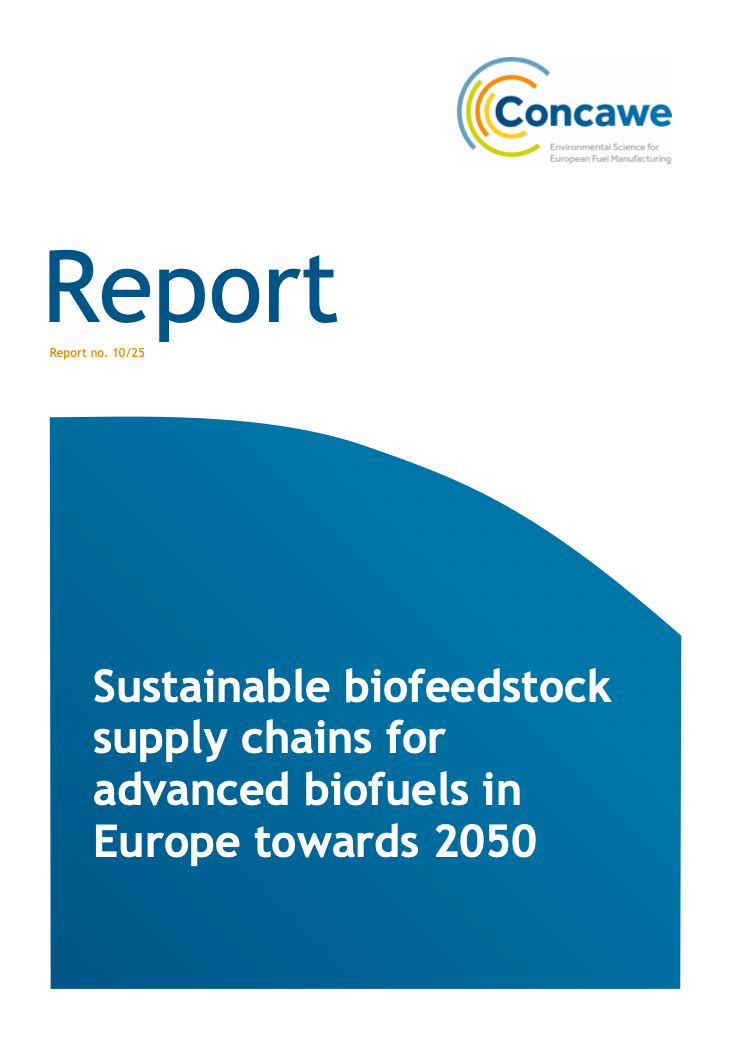Maritime Forecast To 2050

DNV GL
From the abstract of the report:
"There is rising interest in, and action to establish, circular economies to reduce consumption of virgin materials. This will impact on global and regional trade volumes and patterns and hence on shipping that transports such materials. The ongoing digital transformation, through automation, robotics, and adaptive manufacturing, will also greatly affect global value chains. It will advance the design and operation of ships, and enable new business models.
This publication is part of DNV GL’s new suite of Energy Transition Outlook (ETO) reports. Alongside a main outlook (‘the main ETO report’), the suite includes three separate reports discussing implications for maritime, oil and gas, and the power and renewables industries.
This latest publication provides an independent forecast of the maritime energy future and examines how the energy transition will affect the industry. It significantly updates our 2017 forecast (DNV GL, 2017b). Our focus this year is the challenge of decarbonization facing the maritime industry. We highlight main developments and changes regarding shipping activity
and fuel consumption in recent years (chapter 2), and project the development in goods to be transported towards 2050 (chapter 3).
Regulatory development and technology drivers factored into our long-term fleet projections are outlined in chapters 4 and 5. Our modelling of the global shipping fleet is based on the transport demand and, as described in chapter 6, the most likely trends that we foresee in regulation and technology. The model focuses on the size of the fleet, its energy efficiency, fuel mix, and carbon dioxide (CO2) emissions.
Chapter 7 describes by shipping segment, key issues to monitor over the next five years, and discusses factors that could shift our projections in future updates. We present a further and significant development of the carbon-robust ship concept that we introduced in 2017. As stated in the Executive Summary, a new model now evaluates fuel and technology options by comparing the break-even costs of a design to that of the competing fleet of ships. This aims to support maritime stakeholders evaluating the long-term competitiveness of their vessels and fleet in order to future-proof their assets (chapter 8).
Looking further forward, uncertainty confronting the industry seems only to increase. We stress that our modelling presents our best estimate of the future that we foresee, not a collection of scenarios. The coming decades to 2050 hold significant uncertainties regarding, for example: economic development; future energy policies; human behaviour and reaction to policies; the pace of technological progress; pricing trends for existing and new technologies. Our intention with this study is to help maritime stakeholders navigate the future."
Click here for more information about DNV GL.
Recente artikelen
New Strategic Framework for a competitive and sustainable EU Bioeconomy
Concawe: Sustainable biofeedstock supply chains for advanced biofuels in Europe towards 2050 | 2025


